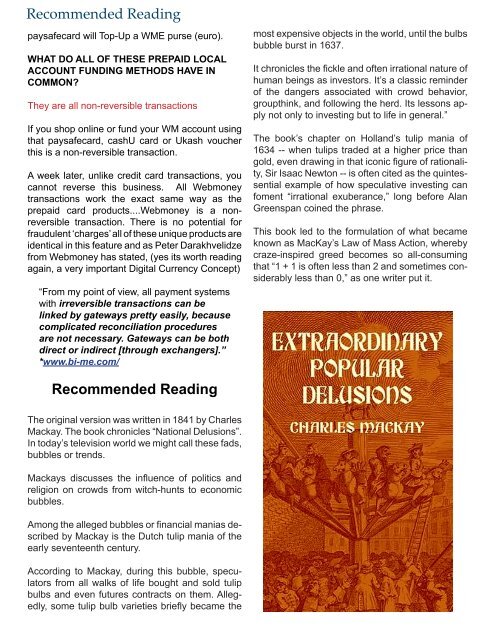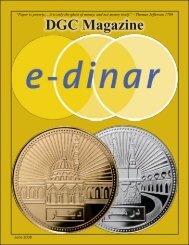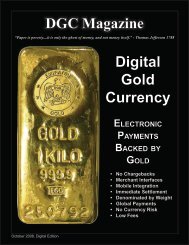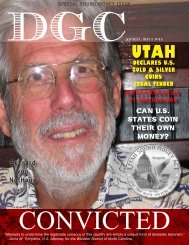Create successful ePaper yourself
Turn your PDF publications into a flip-book with our unique Google optimized e-Paper software.
Recommended Reading<br />
paysafecard will Top-Up a WME purse (euro).<br />
WHAT DO ALL OF THESE PREPAID LOCAL<br />
ACCOUNT FUNDING METHODS HAVE IN<br />
COMMON?<br />
They are all non-reversible transactions<br />
If you shop online or fund your WM account using<br />
that paysafecard, cashU card or Ukash voucher<br />
this is a non-reversible transaction.<br />
A week later, unlike credit card transactions, you<br />
cannot reverse this business. All <strong>Webmoney</strong><br />
transactions work the exact same way as the<br />
prepaid card products....<strong>Webmoney</strong> is a nonreversible<br />
transaction. There is no potential for<br />
fraudulent ‘charges’ all of these unique products are<br />
identical in this feature and as Peter Darakhvelidze<br />
from <strong>Webmoney</strong> has stated, (yes its worth reading<br />
again, a very important Digital Currency Concept)<br />
“From my point of view, all payment systems<br />
with irreversible transactions can be<br />
linked by gateways pretty easily, because<br />
complicated reconciliation procedures<br />
are not necessary. Gateways can be both<br />
direct or indirect [through exchangers].”<br />
*www.bi-me.com/<br />
Recommended Reading<br />
The original version was written in 1841 by Charles<br />
Mackay. The book chronicles “National Delusions”.<br />
In today’s television world we might call these fads,<br />
bubbles or trends.<br />
Mackays discusses the influence of politics and<br />
religion on crowds from witch-hunts to economic<br />
bubbles.<br />
Among the alleged bubbles or financial manias described<br />
by Mackay is the Dutch tulip mania of the<br />
early seventeenth century.<br />
According to Mackay, during this bubble, speculators<br />
from all walks of life bought and sold tulip<br />
bulbs and even futures contracts on them. Allegedly,<br />
some tulip bulb varieties briefly became the<br />
most expensive objects in the world, until the bulbs<br />
bubble burst in 1637.<br />
It chronicles the fickle and often irrational nature of<br />
human beings as investors. It’s a classic reminder<br />
of the dangers associated with crowd behavior,<br />
groupthink, and following the herd. Its lessons apply<br />
not only to investing but to life in general.”<br />
The book’s chapter on Holland’s tulip mania of<br />
1634 -- when tulips traded at a higher price than<br />
gold, even drawing in that iconic figure of rationality,<br />
Sir Isaac Newton -- is often cited as the quintessential<br />
example of how speculative investing can<br />
foment “irrational exuberance,” long before Alan<br />
Greenspan coined the phrase.<br />
This book led to the formulation of what became<br />
known as MacKay’s Law of Mass Action, whereby<br />
craze-inspired greed becomes so all-consuming<br />
that “1 + 1 is often less than 2 and sometimes considerably<br />
less than 0,” as one writer put it.







